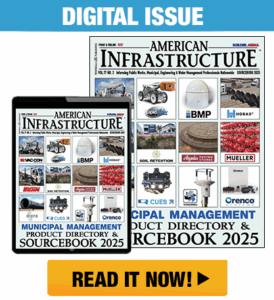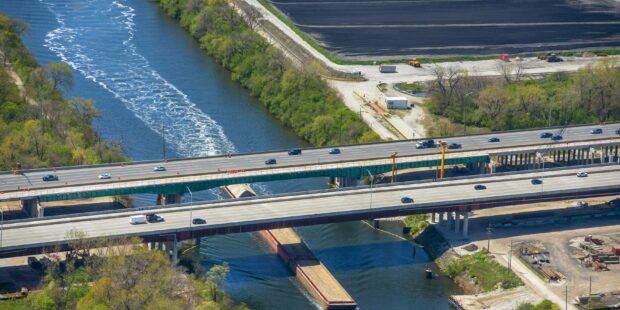
Pioneering infrastructure innovation, community collaboration, and sustainable progress in the heart of the Illinois’ Tri-State tollway
By Angélica Escobar
In the heart of the bustling Tri-State Tollway (I-294), the Mile Long Bridge has long been a vital artery for commuters and the transportation of goods. Originally constructed in 1958, the bridge faced wear and tear over the years, becoming a bottleneck on one of the region’s busiest roadways. As it approached the end of its service life, the Illinois Tollway faced the challenge of
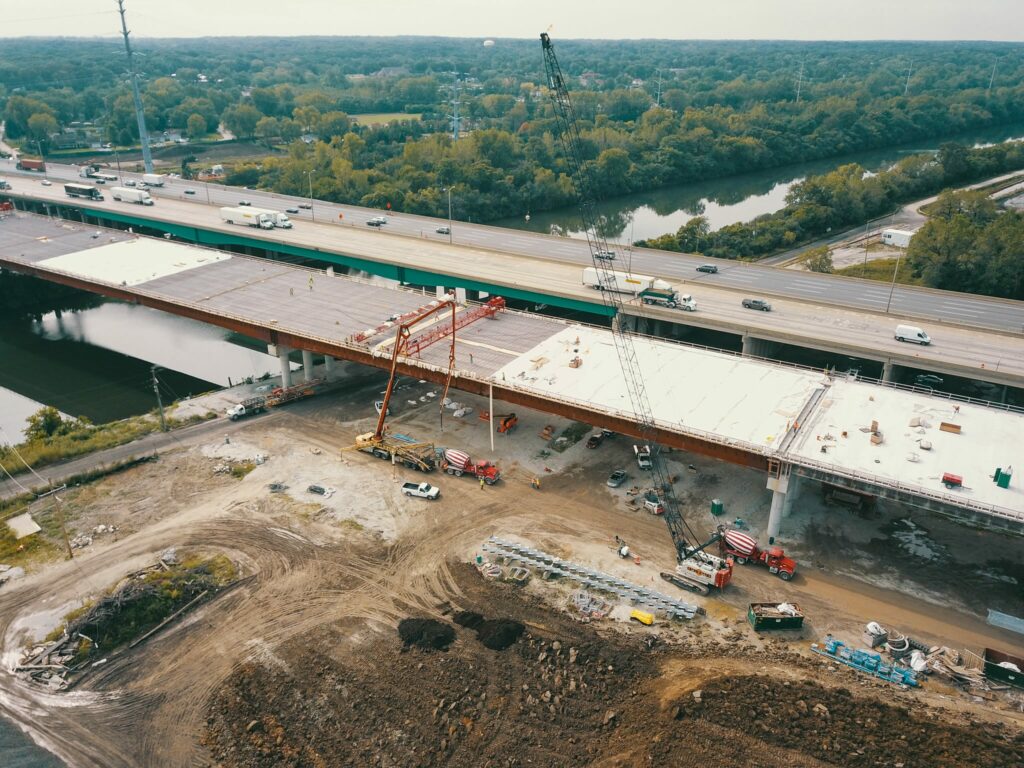
addressing the increasing demands of modern transportation. The result was the ambitious Mile Long Bridge Reconstruction Project, a remarkable endeavor that not only replaced an aging structure but future-proofed a crucial transportation corridor.
The Mile Long Bridge Reconstruction Project was an extensive undertaking aimed at optimizing the benefits of an upgraded bridge while minimizing disruptions. The original four-lane bridge was replaced by two new, wider 4,800-foot-long structures, increasing capacity and improving traffic flow. One innovative feature was the creation of inside shoulders as flex lanes, providing a dynamic traffic management solution. Stormwater, drainage and infrastructure improvements were also incorporated to enhance resilience.
The project presented unique engineering challenges, requiring collaboration to construct a massive new structure over major railroads, waterways and large business distribution centers. “Replacing the Mile Long Bridge was a complex engineering project that required the Tollway and its contractors to build a massive new structure over railroads, waterways, and large business distribution centers while still providing safe, efficient travel for the 150,000 daily drivers who use the bridge,” said Illinois Tollway Executive Director Cassaundra Rouse. The use of an innovative gantry system for steel beam installation showcased groundbreaking engineering solutions.
The complexity of the Mile Long Bridge Project emphasized the importance of synchronized stakeholder coordination. The collaboration involved six surrounding communities, environmental agencies, utilities, railroads, businesses, property owners and local agencies. Proactive outreach efforts, including site visits for high school students, community presentations and engagement sessions, fostered a sense of community ownership and understanding.
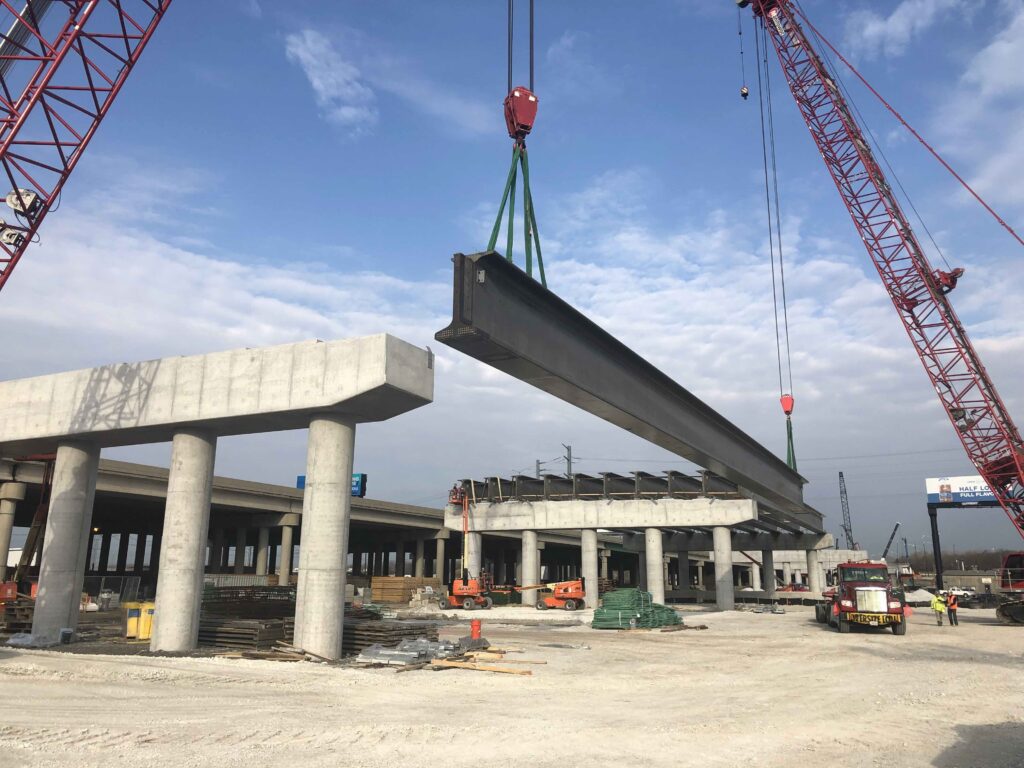
The project’s construction involved groundbreaking gantry systems, unique beam designs and meticulous planning. The use of California wide-flange beams, the longest precast concrete beams ever fabricated, showcased the project’s commitment to efficiency and stability. The strategic alignment and simultaneous construction of northbound and southbound bridges minimized disruption for Tollway customers.
Replacing the Mile Long Bridge was a complex engineering project that required the Tollway and its contractors to build a massive new structure over railroads, waterways, and large business distribution centers while still providing safe, efficient travel for the 150,000 daily drivers who use the bridge.” – Cassaundra Rouse, Executive Director, Illinois Tollway
The project faced unexpected challenges, including the onset of the COVID-19 pandemic. Reinforced safety measures, sanitation efforts and proactive planning ensured the safety of workers and the continuity of construction. The project was completed on time and within budget, marking a major milestone in the ongoing efforts to reconstruct and widen the Central Tri-State Tollway.
The project incorporated innovative environmental measures, such as reducing the number of piers, stormwater management and a fish barrier along the Des Plaines River. The commitment to sustainability extended to the use of high-performance concrete and stainless-steel reinforcement, contributing to the bridge’s projected 100-year service life.
The success of the Mile Long Bridge Project is also attributed to the effective utilization of public-private partnerships (PPP) and strategic funding initiatives. The Illinois Tollway engaged in collaborative efforts with private contractors, leveraging their expertise and resources to ensure the project’s success. The partnership allowed for a more streamlined construction process, efficient allocation of resources, and adherence to timelines. The financial aspects of the project were well-managed, with the Tollway securing the necessary funding through a combination of state and federal grants, toll revenues, and bonds. This innovative funding approach reflects the Tollway’s commitment to delivering impactful infrastructure projects without unduly burdening
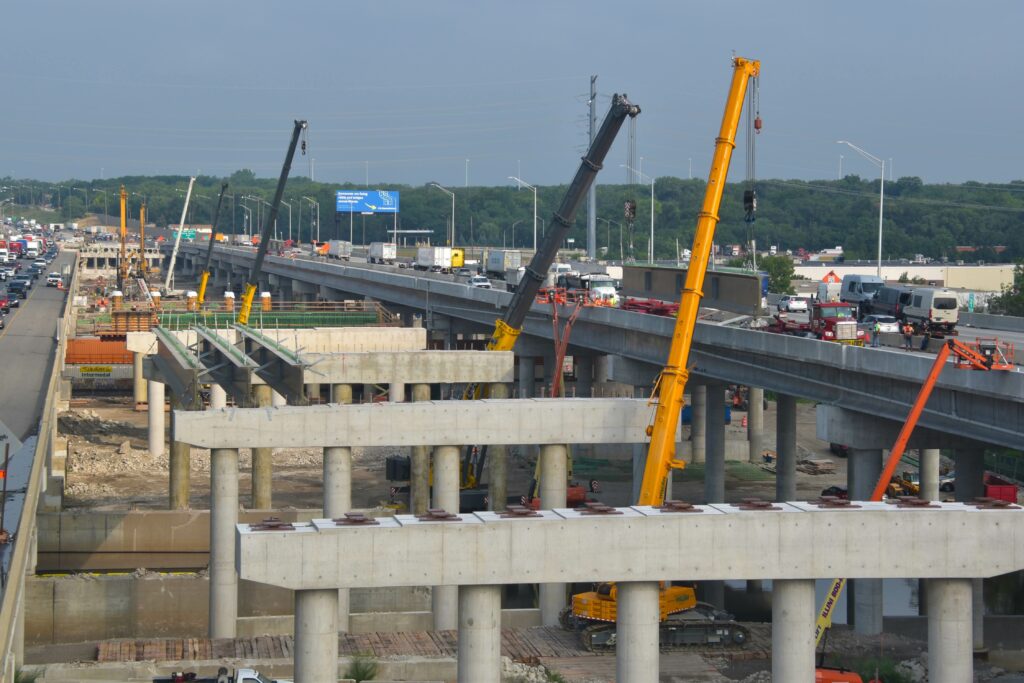
taxpayers.
The bridge embraced cutting-edge technologies to enhance construction efficiency and accuracy. Advanced project management software, real-time monitoring systems, and Building Information Modeling (BIM) played pivotal roles in planning, coordination, and execution. These technological advancements allowed for precise scheduling, early identification of potential issues, and improved decision-making throughout the project’s lifecycle. The integration of technology not only expedited the construction process but also contributed to the overall quality and resilience of the new bridge structures.
The project serves as a case study for the broader infrastructure development community. Lessons learned from the complexities of the project, such as stakeholder coordination, innovative construction techniques and adaptive strategies during unforeseen challenges, can inform future projects. The project’s success lies not only in overcoming obstacles but also in implementing best practices that balance engineering excellence, environmental sustainability and community engagement.
Beyond its immediate transportation benefits, the Mile Long Bridge Project has had a positive economic impact on the region. The construction phase generated employment opportunities, supporting the local economy. Additionally, the project’s seamless integration with existing and future tollways positions the region as a strategic hub for commerce, reinforcing its economic significance.
The completion of the Mile Long Bridge Project is not the end but the beginning of a commitment to continuous monitoring and maintenance. Regular inspections, proactive maintenance measures and a robust monitoring system will ensure the longevity and safety of the newly constructed bridges. This ongoing commitment underscores the Tollway’s dedication to providing a reliable and sustainable transportation network for the long term.
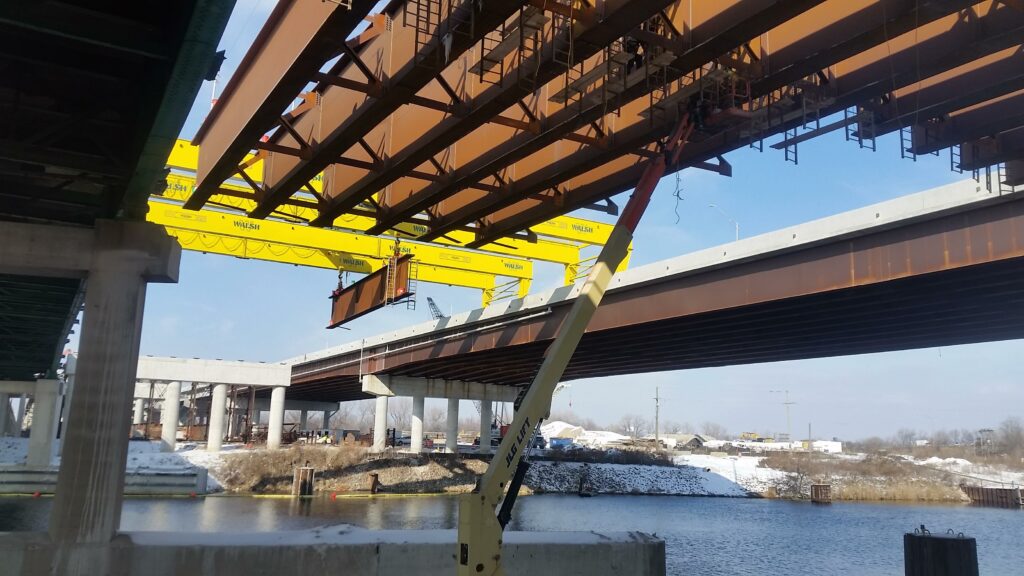
The Mile Long Bridge Project stands as a multifaceted success story, weaving together engineering prowess, environmental consciousness, community collaboration and effective project management. From overcoming engineering challenges to implementing innovative construction techniques and engaging in meaningful community outreach, the project exemplifies the holistic approach required for modern infrastructure development. As the newly reconstructed bridges serve as a testament to progress, the Mile Long Bridge Project offers valuable insights into the future of infrastructure projects, emphasizing the importance of innovation, collaboration and long-term sustainability.
Angélica Escobar is assistant editor for American Infrastructure magazine.




